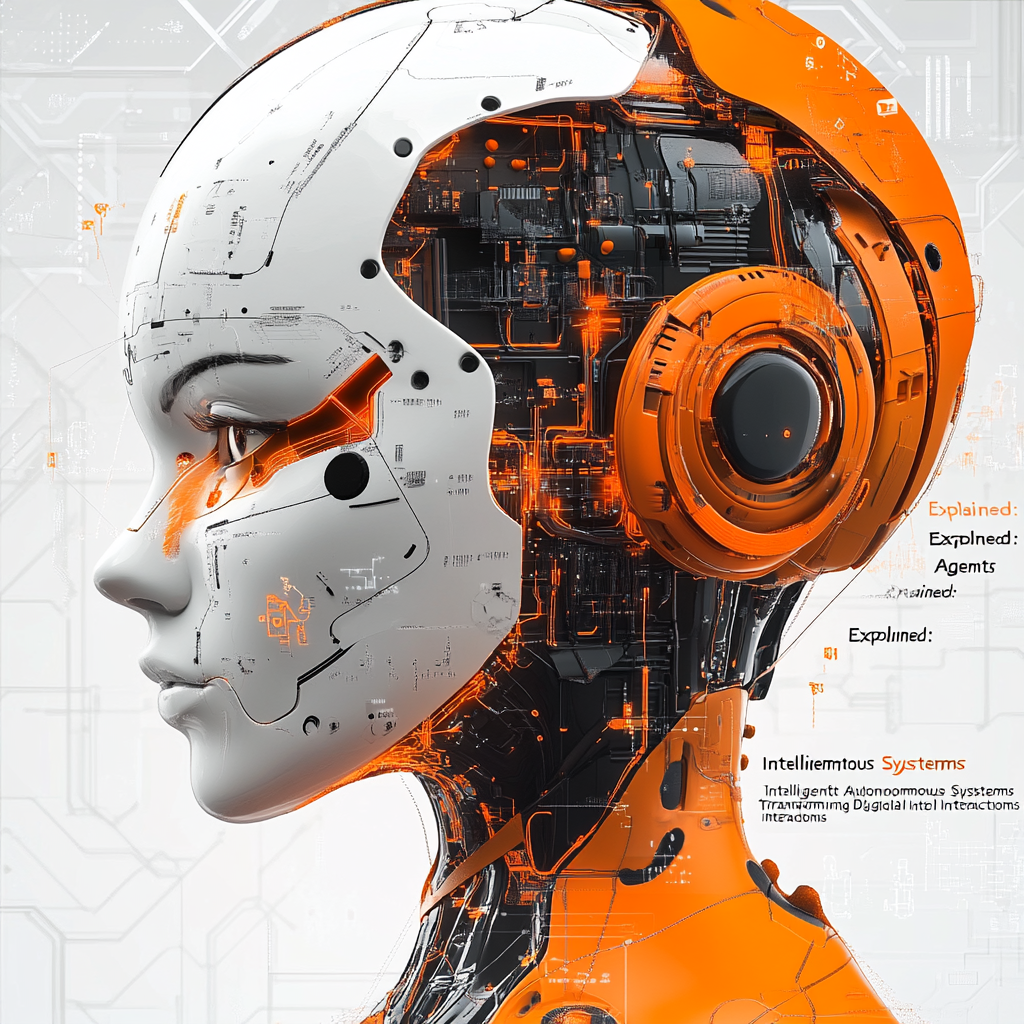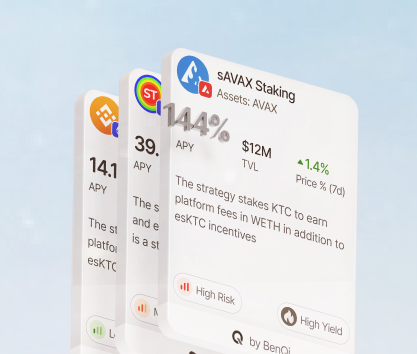A massive volume of scientific effort is being put toward changing the landscape of the contemporary DeFi ecosystem. Kaito AI, one of the startups in the sector, surveys X chatter to search for narratives. In December 2024, over 34% (by far, the biggest chunk of the content volume) of posts and comments were about AI.
Independent researcher Josephine Nartey of the Centre for Sustainable Research and Advocacy argues in its recent article that the introduction of effective AI agents into the DeFi sector can bring exceptional improvements to user engagement, economic activity, and fidelity. The market can’t get enough of AI-focused projects. While generative AI seems to be a tech bubble, developing advanced fintech solutions powered by artificial intelligence is a very promising area to explore.
Neural networks are currently at the very center of all research efforts with the vast majority of contemporary AI solutions focusing on machine learning. Other approaches are being explored but using this one in particular has been the most fruitful method so far. Junhuan Zhang and colleagues surveyed the cryptocurrency market and found that MLP, LSTM, and CNN models are used quite successfully in crypto investing and trading.
Machine learning algorithms in crypto
Deep learning and various models for it can be used in all types of financial markets. Some experts argue that AI-driven systems can outperform human managers consistently. The true effectiveness of these approaches is still something that must be proven but we are seeing how different development teams are trying to implement various forms of cognitive computing into DeFi.
Let’s talk about some of the applications:
- Price prediction. In 2019, Miura and Kaizoji, researchers from Japan, presented their study on the implementation of ANN, SVM, LSTM, and Ridge Regression models to create prognoses for price prediction. The Long-Short Term Model (LSTM) seemed to be most effective. Since that study, a variety of researchers used this model to create predictive analytics systems. Currently, analysts are working with other promising models like Random Forest, DFFNN, and ELM.
- Crypto portfolio management. In 2017, Zhengyao Jiang et al. conducted a series of experiments with DRL (Deep Reinforcement Learning) models trained on historical data to come up with suggestions for portfolio adjustments. A network trained on roughly 8 months of market data was able to bring in 10-fold returns in just 45 days (1.8 months). ARIMA, LSTM, and MOEA models seem to be working well too. Autonomous decision-making powered by these models can be extremely potent.
- Crypto bubble prediction. The volatile nature of the cryptocurrency market is not news for any experienced investor. Due to the high volume of trading facilitated by social media chatter, many projects are “pumped and dumped”. Several researchers used multi-model systems to identify cryptocurrency bubbles. It can be a useful instrument for many portfolio management platforms to attract serious investors.
- Abnormal trading patterns can be a challenge for many analytical systems. Anomaly detection in Bitcoin trading can be achieved by using a variety of models including SVM and K-means clustering as proven by Monaro et al. and Martin et al. back in 2016. Contemporary abnormality detection is often done by using smart contracts powered by machine and adaptive learning technologies.
One of the biggest points of interest for many researchers and developers is building intelligent systems based on a combination of different machine learning systems. The DeFi ecosystem is incredibly complex and has many unique interactions that are harder to quantify due to the differences in blockchain architectures and other technological challenges. Autonomous systems design is a difficult area that requires collective thinking and R&D.
Currently, Fetch AI has an excellent framework to build AI agents. The Artificial Superintelligence Alliance or ASA also formed by Fetch and SingularityNet is an example of multiple development teams joining forces to push the technology forward and achieve new heights.
Intelligent autonomous systems
Building these is not an easy task. The DeFi AI market is expected to reach over $60 billion in 2025. However, the variety of efficient tools available to end users hardly justifies the growth of the sector. With some interesting projects on their way to the market, things may change. For instance, many platforms are releasing intriguing products powered by AI agents. As an example, Rivo has its DeFi Alpha agent that will do many useful things for investors:
- Make prognoses based on proprietary analytical algorithms and make them public on social media and the company’s blog.
- Provide valuable insights and educational materials to users who are interested in learning more about DeFi.
- Provide assistance in portfolio management and asset acquisition to ensure that users have some guidelines while creating a balanced composition of holdings.
Similar tools are already available at ChainGPT. Various forms of simpler AI agents capable of interacting with social media are showcased by Virtuals. The market has room to fill in but many challenges must be dealt with before investors can see the value.
Intelligent systems architecture
A typical AI agent is a sophisticated system comprised of several components. They can be categorized as three distinctly different layers. Making sure that each performs excellently is extremely important for the quality of outputs. AI agents built in this manner can be used for intelligent automation, predictive analysis, and more.
Here are these three layers:
- Data Input. A system must be able to effortlessly connect to API gateways within the DeFi ecosystem to collect data for future analysis, learning, and other purposes. Data collected directly from the blockchain is often processed with the help of Oracles, centralized platforms that gather information.
- Artificial intelligence. Here a model like LSTM, CNN, or any other can be deployed to build all sorts of predictive systems, and more. Initially collected data is processed here as machine perception requires as much data as possible to yield actionable suggestions, insights, and advice.
- Blockchain integration is the final step. Agents are capable of exchanging data with EVM smart contracts or other types of smart contracts deployed on corresponding networks. A variety of measures can be implemented to ensure smooth operations on this level.
Note that AI interaction models designed to work with blockchain require fine-tuning since factors like transaction signing, gas calculations, and others must be considered when trying to build an autonomous system designed to act on behalf of users. Note that AI agents do not have to be created exclusively for various on-chain operations and interactions. They can be much more.
Virtuals work much like a marketplace for various AI agents that are active on social media platforms. While it seems like many of these agents are similar to bots, they have some distinct differences. For instance, they can create unique content, interact with other users, and participate in various digital events. Adaptive algorithms help them appear truly intelligent and attract followers.
In essence, these AI agents turn into influential key opinion leaders on social media platforms and can sway the sentiment to affect the market. It is true that it can be dangerous to use them without any supervision. Is it manipulative? Can these agents be used to promote questionable platforms and assets? The question of AI ethics takes the spotlight when it comes to this particular topic.
Whether you like it or not, the era of full digital transition from static to autonomous and dynamic systems is already here.









